Since ancient times makeup has been used to enhance beauty. Take the ancient Egyptians for example who wore makeup made of lead ore and copper. Women of the ancient world were often innovative when it came to their cosmetic needs. Berries were used to darken lips, the ashes of burnt matches were used to darken eyes, and much more. Today, we have developed makeup for practically every application you can think of. From making eyes pop with eyeshadow palettes to hiding undesirable pores, makeup has come a long way (we even have vegan makeup). To truly appreciate where we are today as opposed to where we used to be, let’s take a look at the rich history of makeup.
Homemade makeup in the ancient world
Women of the ancient world, uneducated about safe beauty practices, often went to extreme lengths for the sake of beauty. Using berries to darken the lips was a safe enough practice. However, some homemade cosmetics involved the use of mercury, lead, arsenic, and leeches to achieve the pale beauty deemed appropriate during those times. It’s safe to say we have long since recognized the need for safe products for our beauty needs and general health.
- History of Cosmetics – The history of cosmetics spans at least 7,000 years and is present in almost every society on earth.
- History of Makeup – Over the centuries, women used burnt matches to darken their eyes, berries to stain their lips and young boys’ urine to fade their freckles.
- A Brief History of Makeup – Modern times see women (and men!) donning all types of looks: thickly lined eyes and full red lips, subtle eyeshadow, blush and highlighter, or simply no makeup at all.
- Why Did Women Start Wearing Makeup? – It all goes back to the ancient Egyptians, who were the first women to wear makeup.
- The Evolution Of: Makeup – Here’s the history of humans and face paint.
Makeup during the Victorian era
The Victorian era was truly a time where the ladies of Europe began to embrace makeup and cosmetics. Ladies of leisure would often dust on rice powder to hid blotches, redness, and freckles. Zinc oxide and pearl powder was used to create a cosmetic powder that was highly popularized by sophisticated ladies of the time.
An early form of lip balm, a clear pomade much like beeswax, was applied to the lips every morning to not only protect against the elements but to also add shine. Eyepaint or as we know it, eyeshadow, was also a popular choice during the Victorian era though respectable women were very subtle with the amount of eyeshadow they used at any given time.
- Eye shadow – Eye shadow is a cosmetic that is applied on the eyelids and under the eyebrows. It is commonly used to make the wearer’s eyes stand out or look more attractive.
- Eye Shadow History – Invention of the Eye Shadow – Eye shadow is a cosmetic product that is applied on the eyelids and under eyebrows. When they say that eye makeup has been around for ages, it’s no exaggeration.
- The History Of Eyeshadow – From Ancient Egypt To Fashion Week – The birth of eyeshadow can be traced 12000 years ago (10000 BCE) to ancient Egypt, the same place where eyeliner can trace its roots.
- The Makeup of Makeup: Decoding Eye Shadow – Women all around the world call attention to their eyes by adding color to their upper and lower eyelids.
History of eyeshadow
One of the earliest examples of the use of eyeshadow in the ancient world can be found in ancient Egypt. A substance known as kohl (made by grinding stibnite) was used to accentuate the eyes of royalty. In Egyptian culture, kohl allowed the Egyptians to emulate the appearance of their gods. Before long the trend spread to Rome and Greece where women began to wear eyeshadow for the sake of beauty (as opposed to religious reasons). Eventually, eyeshadow spread to India and Babylon where it was largely worn by high class women due to its high price.
- The History Of Eyeshadow – Eyeshadow is probably the most fun and expressive way to decorate your face.
- A Beginners Guide to Eye Makeup – We’ve all gone through that, not knowing what brush to use, where to apply eyeshadow, let alone how to blend properly.
- 10 New Makeup Trends For 2019 That Are Easy To Embrace – Just like clothes have come in and out of fashion over the last century, so have different eye makeup trends.
- A Brief History of Eye Makeup – The eyes are not only the windows to the soul, but powerful communication tools.
- The History of Glitter – Drag queens flaunt it. Fairies sprinkle it. Little girls adore it. You couldn’t have survived the ‘90s club scene without it.
Eyeshadow in the modern era
In more modern times it’s clear that eyeshadow has gone through a great many transformations. Take the roaring 20s where the “smoky” eyeshadow look was highly popular. In the 30s American women were inundated with a wide variety of colors in their eyeshadows that included greens and soft pinks. Jumping to the 70s various colors of eyeshadow were worn together for a “rainbow” appearance. Today, there are countless eyeshadow colors and finishes.
- 19 Eyeshadow Basics Everyone Should Know – Everything makes more sense if you actually know what the tutorial is referring to by crease
- These 12 Eye Shadow Tricks Will Change Your Beauty Life – Let’s face it: even to the most experienced makeup junkie, eye shadow can be intimidating.
- 7 Tips to Apply Eyeshadow Like You Actually Know What You’re Doing – Sometimes you don’t have time to use a brush. There have been many nights when I’m in a hurry and just end up using my fingers.
- 11 Eye Makeup Hacks For Beginners That Are Easy To Master – Eye shadow is one of my favorite kinds of makeup ever because it’s so versatile.
- Eyeshadow Techniques You Must Master to Accentuate Your Eyes – Applying an eyeshadow is a great way of enhancing the beauty of your eyes and playing with their shape.
Why Did Women Start Wearing Makeup?
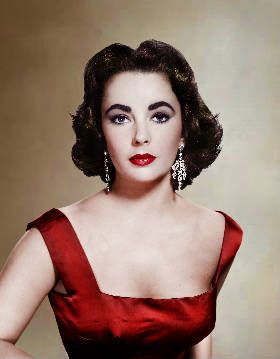
Today, a great percentage of women (and a small percentage of men) apply makeup daily. There is a simple reason for this: they want to look good. The subtle (and sometimes not so subtle) touches of pigment and shade can make a huge difference. They can hide flaws in the skin and enhance the natural appearance of certain facial features.
In spite of a small microcosm of angry feminists, the “beauty industry” is a billion-dollar (trillion, maybe?) industry in America and around the world.
Call it vanity, if you must, but spending quality time in front of a mirror is a daily ritual millions of women can’t do without, whether they’re preparing for an average day at work, a big event, or a date with that special someone. It all goes back to the ancient Egyptians, who were the first women to wear makeup.
Chris Evans Reportedly in Talks to Reprise Captain America Role
In a way, the basic motive back then was the same as it is today- just like modern day supermodels, the well-to-do women of ancient Egypt wanted to look their best and saw the careful application of face-paint as a means to that end.
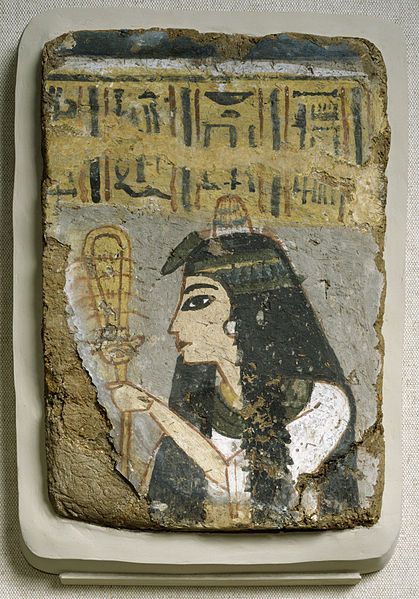
But unlike today’s modern women, they weren’t trying to impress that cute guy at work or the guy at that important job interview. And the Egyptian women weren’t trying to catch the eye of the burly construction foreman working on the pyramids or the local pharoah either. Their sights were aimed a little higher. They were trying to impress the gods.
Archeological evidence shows the Egyptian ladies were dolling themselves up as early as 4000B.C. This was mainly, or at least in good part, to please the gods, as the women felt their appearance was directly related to their spiritual worth. So the Egyptians created the first cosmetics (no word on whether they received makeovers at malls along the Nile).
They applied eye makeup called mesdement (from the ancient Egyptian word <>msdmt) a mixture of copper and lead ore, around their eyes. Green shades went on the lower eyelids; black and dark gray were applied to the lashes and upper eyelids. Dark colors were said to ward off “evil eyes”.
To complete the ornate look around the eyes, they added almond shapes of dark-colored powder (later called kohl) that might have been a combination of ingredients such as burnt almonds, oxidized copper, copper ores, lead, ash, and ochre (think Johnny Depp as Captain Jack Sparrow or Keith Richards as Keith Richards). Kohl was believed to have medicinal benefits as well.
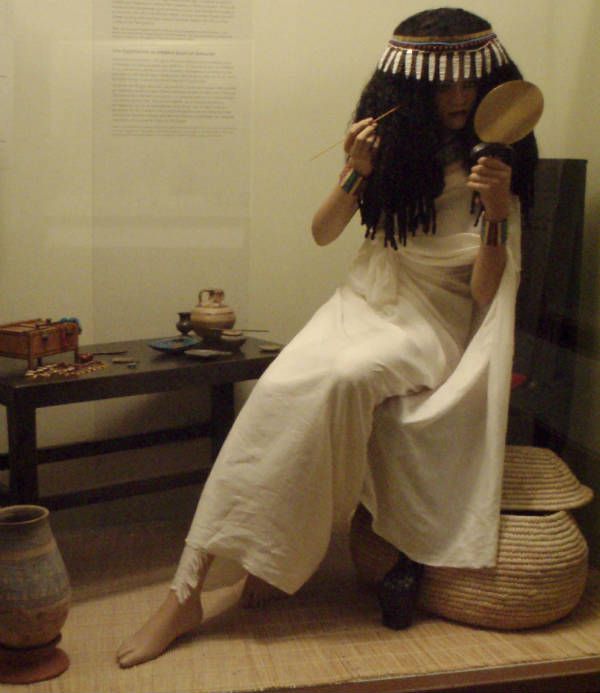
Egyptian women put a mixture of red clay or ochre and water or animal fat on their cheeks and lips- the first blush and lipstick- and applied henna to their nails. When it came time to remove all of these cosmetics at the end of the day, they used a type of soap made from vegetable and animal oils and perfumes.
Although these earliest beauty products the ladies put on were originally intended to please the gods, it doesn’t take much imagination to consider the effect these doses of makeup had on the local Egyptian men (probably similar to the first cave girl who realized the effect her short animal skin dress had on the cave men and boys she walked by).The connection between beauty and spirituality remained for centuries, until the Romans gained power. The Romans adopted many of the Egyptians’ cosmetic formulas, but their primary motive was to improve their appearance for each other (especially the Roman men). The “god factor” did not enter into it.
And ever since then, from the earliest Egyptian women and the earliest Roman women to Angelina Jolie and Jennifer Aniston to the high-school cheerleader to the teenage girl working her first job at the mall, the more things change the more things stay the same. As the sun rises in the east and sets in the west, the sight of a beautiful woman or girl turns heads, captures attention, and causes a great effect.
It brings one that most precious of all commodities: admiration. And in the end, isn’t that what we all want?
The Fascinating History of Men and Makeup
For the first time in centuries, men wearing makeup is not completely taboo. Thanks to social media and the emergence of male beauty influencers like Manny Gutierrez and Bretman Rock, makeup is in the early stages of becoming more gender-inclusive. This concept, however, is hardly new.
For generations, makeup has been seen as a “girls-only” enterprise, so we forget that it wasn’t always that way. For millennia, stretching from 4000 BCE through the 18th century, men traditionally used makeup in myriad ways. It wasn’t until the mid-1800s that makeup was relegated to one end of the gender spectrum. At that time, the influential Queen Victoria I of Great Britain deemed cosmetics vulgar, a view corroborated by the Church of England. During the Victorian era, makeup was considered “an abomination” by both the crown and the church, creating strong, widespread associations between makeup, vanity, femininity, and “the Devil’s work.” As religious values continued to permeate cultures around the world, mainstream definitions of masculinity narrowed.
By the 20th century, makeup was seen as a girls-only pursuit.
Today, the world is finally coming back around and growing to accept different gender expressions. We hope the trend continues, but society can’t move forward without looking back. Read ahead to learn about makeup trends for men throughout the ages.
Ancient Egypt
:max_bytes(150000):strip_icc():format(webp)/cdn.cliqueinc.com__cache__posts__215063__-2066801-1485997654.700x0c-b68c4ed78fde4a49bc343816893ec40f.jpg)
Masculinity was important in ancient Egyptian culture, and makeup actually played a role in that. As early as 4000 BCE, men used black pigment to create elaborate cat-eye designs. A few millennia later, kohl eyeliner, green malachite eye shadow, and lip and cheek stains made from red ochre were also popular. The purpose was not what it is today, to look more attractive—green eye shadow was believed to evoke the gods Horus and Ra, and therefore ward off harmful illnesses. Dramatic eyeliner was customarily worn to communicate wealth and status.
Ancient Rome
:max_bytes(150000):strip_icc():format(webp)/cdn.cliqueinc.com__cache__posts__215063__-2066798-1485997661.700x0c-d7366cb31a4c486980bf4667c24cc770.jpg)
Fast-forward to the 1st century AD, when Roman men were known to apply red pigment to their cheeks, lighten their skin with powder, and paint their nails using a stomach-turning elixir of pig fat and blood. (Makes you grateful for the 5-free nail polishes of today.) Roman men also painted their heads to camouflage bald spots—although we’re not sure how well that would have worked.
Elizabethan England
:max_bytes(150000):strip_icc():format(webp)/cdn.cliqueinc.com__cache__posts__215063__-2066797-1485997928.700x0c-6285c7fa37ef4ae9ac1a258517b0f734.jpg)
During Queen Elizabeth I’s rule, makeup was wildly popular among men, who valued ghost-white powdered skin. This was also when face makeup was dangerously cakey and made with lead, which often caused serious health problems, including-but-not-limited-to premature death.
18th-Century France
:max_bytes(150000):strip_icc():format(webp)/cdn.cliqueinc.com__cache__posts__215063__-2066908-1485997815.700x0c-fc0c618194dc46e1b1780c6b42e570fb.jpg)
It’s no secret that King Louis XVI partook in the extravagance of makeup and hair products. (Louis went bald at the age of 23 and subsequently forced the aristocracy of France into an obsession with wigs.) Men of the royal court also painted on beauty marks, which paired nicely with their high heels and fur muffs.
1930s Hollywood
:max_bytes(150000):strip_icc():format(webp)/cdn.cliqueinc.com__cache__posts__215063__-2066802-1485997972.700x0c-059b8e6989464dd780567ff8fa489a34.jpg)
A long period of time elapsed before male vanity was spoken of again. (Thanks, Queen Victoria I.) But with the arrival of modern movie-making in the United States, hair and makeup for men reemerged. Clark Gable’s polished look was perhaps the first example of “metrosexual” beauty.
1970s & 1980s
:max_bytes(150000):strip_icc():format(webp)/prince-kiss-57198dfb5f9b58857dc59776.jpeg)
Through the later 20th century, makeup for men was hardly mainstream. Instead, it was reserved for the fringe: artists and rock ‘n’ rollers like Boy George, David Bowie, and Prince. Around this time, though, many of the most legendary male makeup artists began working in the field. The late Way Bandy began his work in 1967, followed by Kevyn Aucoin in 1982, and a plethora of male makeup artists followed suit. One such artist was Scott Barnes, whose brushes have graced about every big name in Hollywood. When asked whether he’s seen a change in the men behind the scenes in makeup, Barnes responded to us with a gender-subverting revelation: “There have always been men as makeup artists. Actually, right now, there are more female makeup artists than ever before.”
The early 2000s
:max_bytes(150000):strip_icc():format(webp)/jimmy-kimmel-hosts-the-launch-of-the-samsung-blackjack---red-carpet-117800398-efccb2cb5c22438e8868308fd6947030.jpg)
As American pop culture figures began to embrace past subcultures in the early to mid-2000s, we were introduced to the concept of “guyliner.” (Think Pete Wentz, above, Jared Leto, and Adam Lambert.) This look was most popular among pop-punk bands and their followers.
The concept of “metrosexuality” also re-entered the cultural consciousness at this time, and beauty brands began to release targeted “makeup for men.” Consider Yves Saint Laurent, which released the “male” version of its Touche Éclat ($35) in 2008.
The 2010s
:max_bytes(150000):strip_icc():format(webp)/2019-e--people-s-choice-awards---arrivals-1186835566-490459067b5c49cea2e5d25c2f4e54af.jpg)
Though makeup for men was is no means the standard, social media has allowed male beauty gurus to share their artistic expression on a large scale, helping to break down centuries-old stereotypes. Major beauty companies like Covergirl and Maybelline took notice and announced the first male faces of their brands.
expression on a large scale, helping to break down centuries-old stereotypes. Major beauty companies like Covergirl and Maybelline took notice and announced the first male faces of their brands.
Today
:max_bytes(150000):strip_icc():format(webp)/cdn.cliqueinc.com__cache__posts__215063__history-makeup-gender-215063-1527619892699-image.700x0c-f1b75bbc7cb740928e01fb08431aba8a.jpg)
“Makeup has evolved through the years,” Barnes, who currently primarily works with J.Lo, tells us. “It used only to be used for stage and screen, and now men are using bronzers and various forms of cosmetics to clear up imperfections, etc. They have found a way to use makeup very simply and organically, to create everyday looks for themselves without any stigmas behind it.”
Makeup has evolved through the years … They [men] have found a way to use makeup very simply and organically, to create everyday looks for themselves without any stigmas behind it.
As the rules of gender presentation become more and more flexible, makeup continues to slowly infiltrate some men’s everyday routines—not necessarily always in the larger-than-life fashion of youtube gurus, but in subtler ways. Skincare is much less stigmatized. But the acceptance extends to color cosmetics as well—a little concealer on a blemish here, a little brow gel there.
Barnes also makes a point to note that what we see in the west isn’t always the case for the rest of the world: “Japanese youth culture has always worn makeup as an accessory or an expression of excitement or fun, with no rules or gender behind it. Makeup doesn’t always mean femininity, not in this day and age. You also have boys with beards wearing full faces of makeup, and it’s acceptable.” Gender-neutral ad campaigns from brands like Milk Makeup help the denaturalization of makeup as a feminine endeavor. And Barnes paints an even more exciting vision for the future, as well. “The industry has changed so much – there is so much room for merchants and new brands, and social media has played a big part in that change,” he says. “There’s more accessibility.” Personally, we can’t wait to see what comes next.
Conclusion
Today cosmetics and makeup have become a multi-billion dollar industry. In modern times, government regulations determine the types of products that can be used in cosmetics, ensuring the safety of consumers across the world. Makeup is more common today than it has ever been in history. Coupled with the fact that most makeup is composed of skin safe ingredients women have only increased their demand for beauty products. As time goes on the world of makeup and cosmetics will continue to evolve.

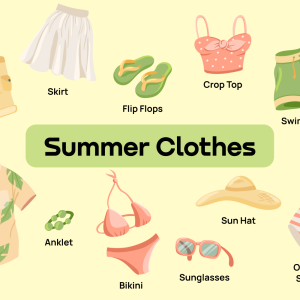

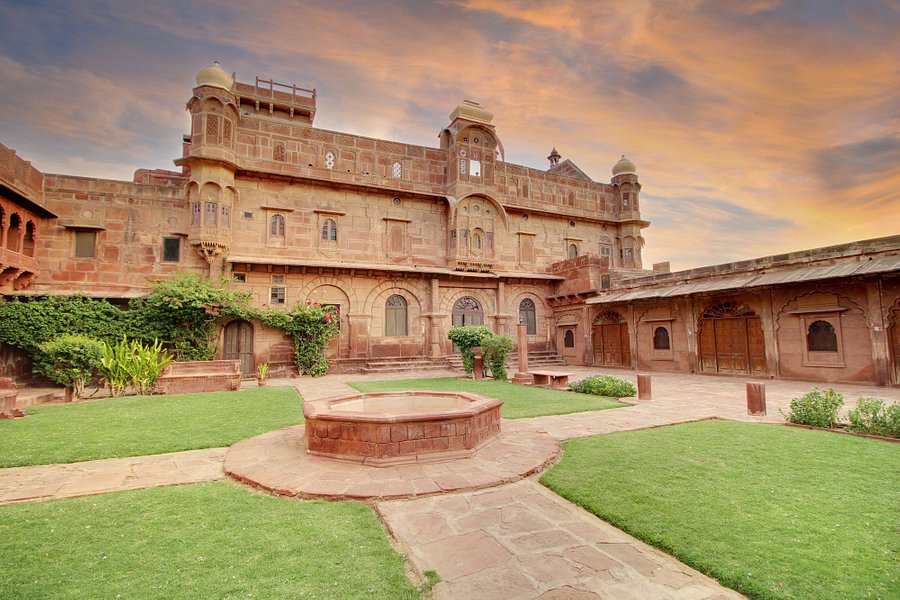
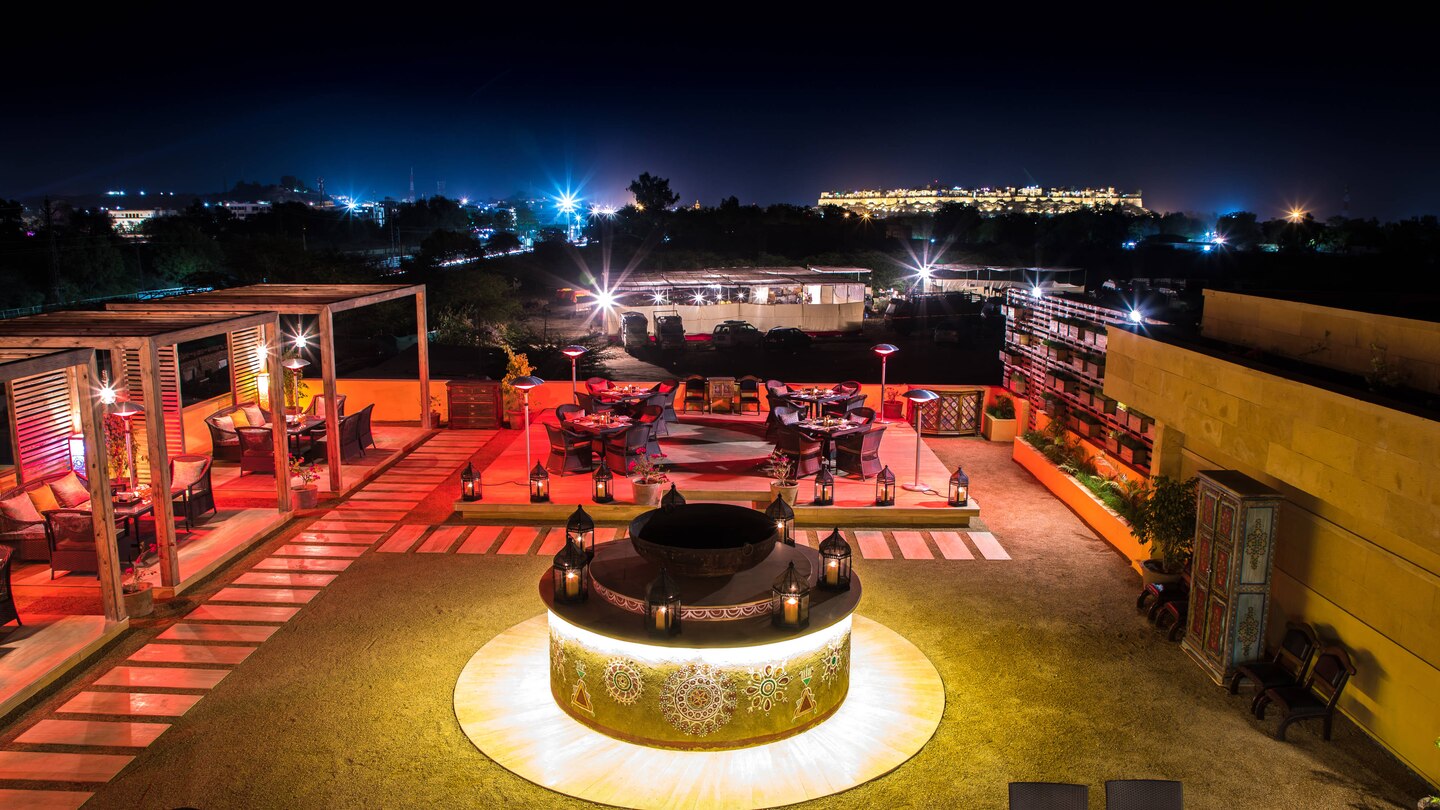
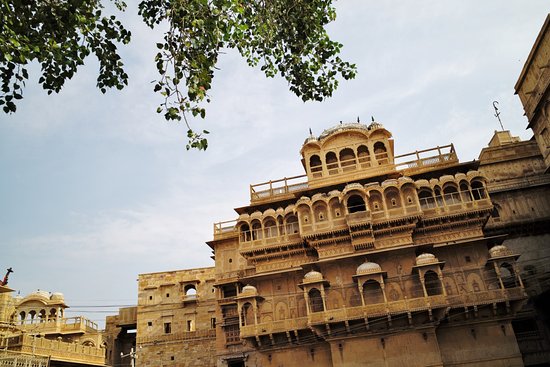
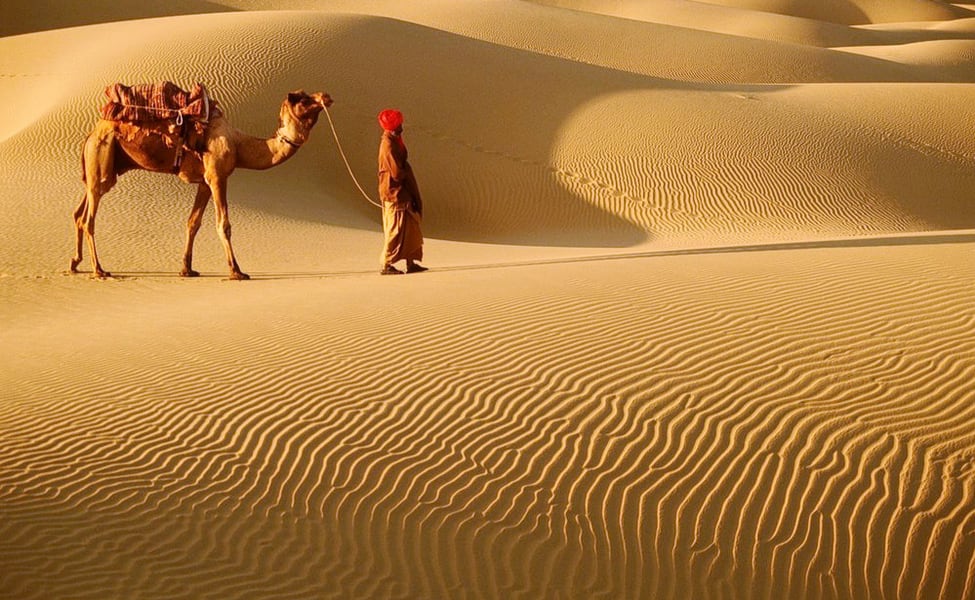

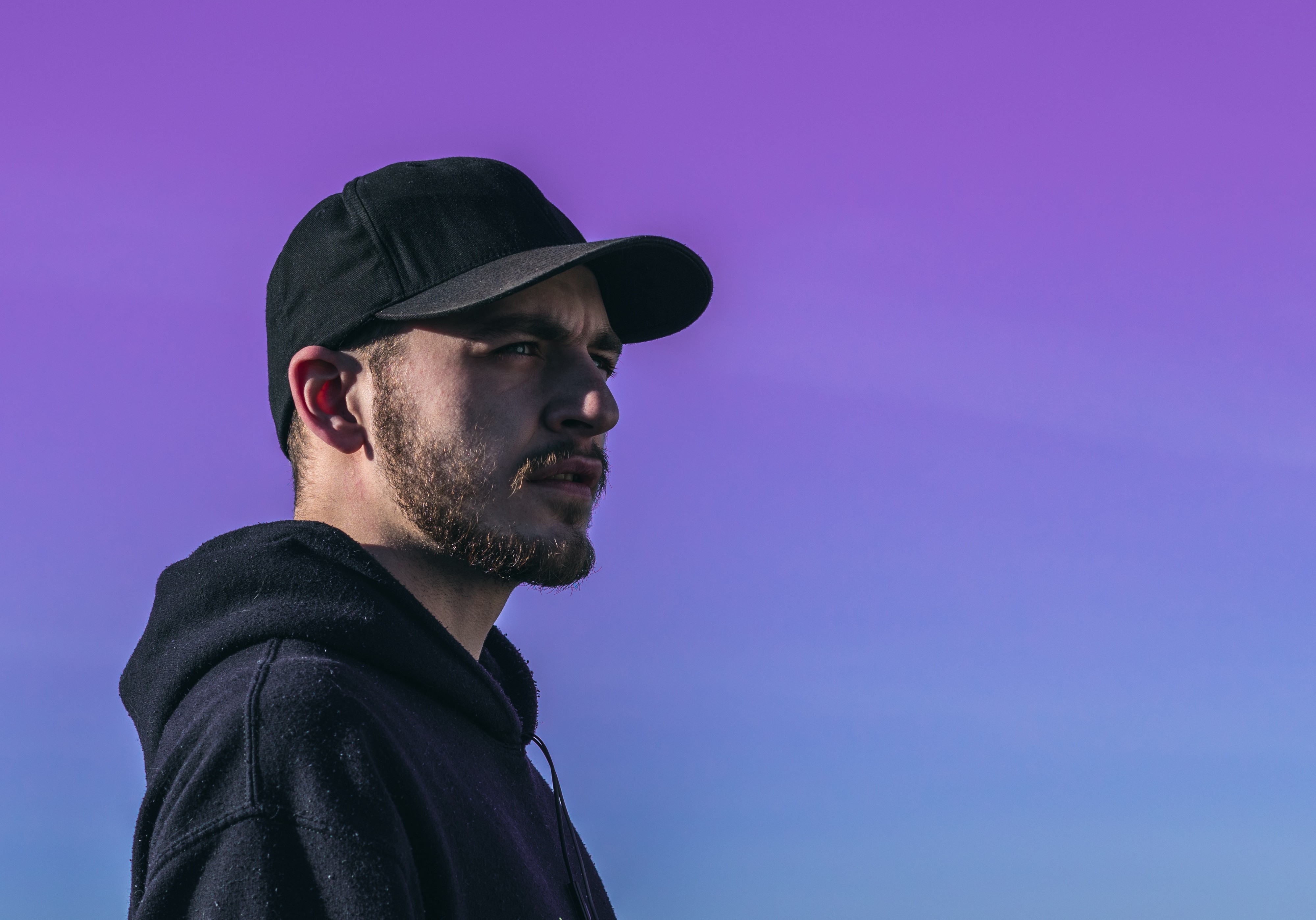
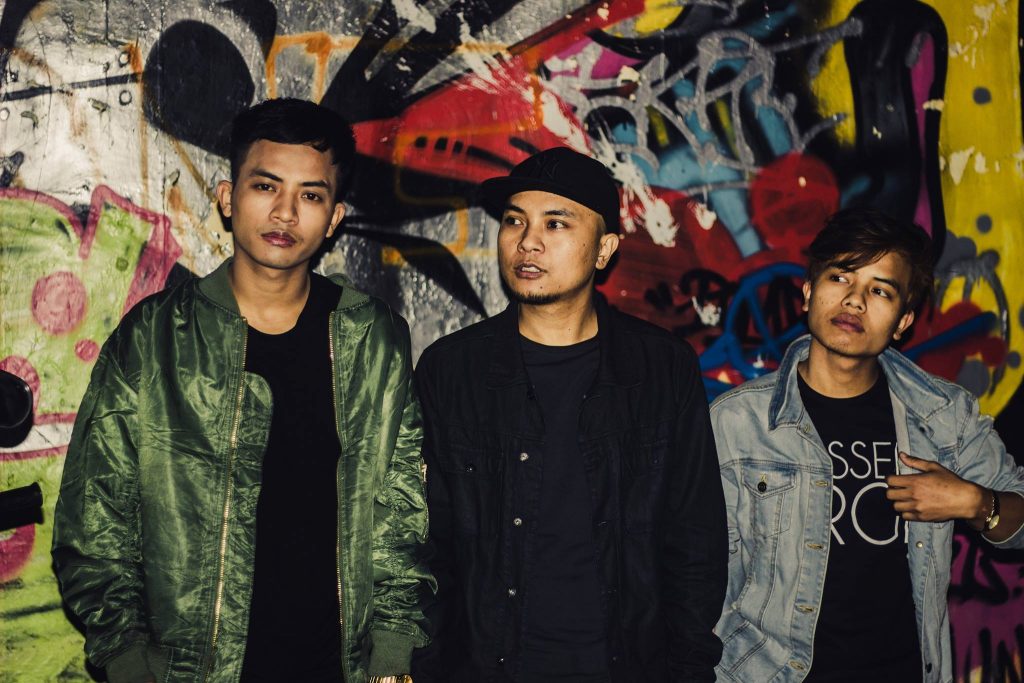


8 Comments
Comments are closed.